You know that you’re paying too much for your energy bills, but you’re not sure how to tackle the problem. It can be fairly easy to decrease energy costs while still maintaining a good standard of living. By making a few simple changes in your daily habits, you can decrease your energy costs significantly and save money at the same time.

On average, households spend around $2,000 on energy bills each year. This huge amount of money can be easily saved if you are willing to make small changes. An investment in a smart thermostat will save up to $100 in energy costs. Replacing all incandescent light bulbs with LEDs will save $50 from your energy bill.
This article suggests a handful of easy ways to save energy and reduce your electric bill. Read more on the next page…
1. Use dryer balls when putting your clothes in the dryer
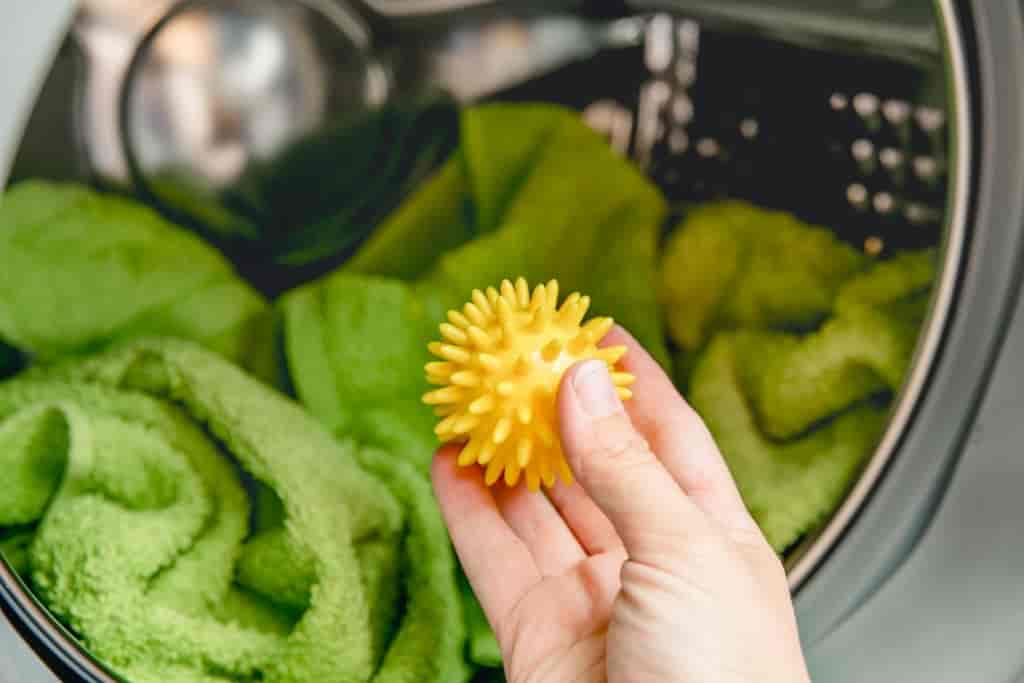
Compared to other home appliances, clothes dryers use more energy. That’s why a few people opt for air-drying instead of using a conventional heating system. However, it’s not just about saving money while you save time in the process. Using a wool or rubber dryer ball can make your clothes breathe easier and make their drying time much quicker.
The dryer balls are designed to absorb moisture from clothing, prolong the drying process, and reduce static electricity. The balls also help to dry clothes faster. An added benefit is that they reduce the amount of laundry detergent that you need to use each time.
2. Increase the temperature in both your fridge and freezer
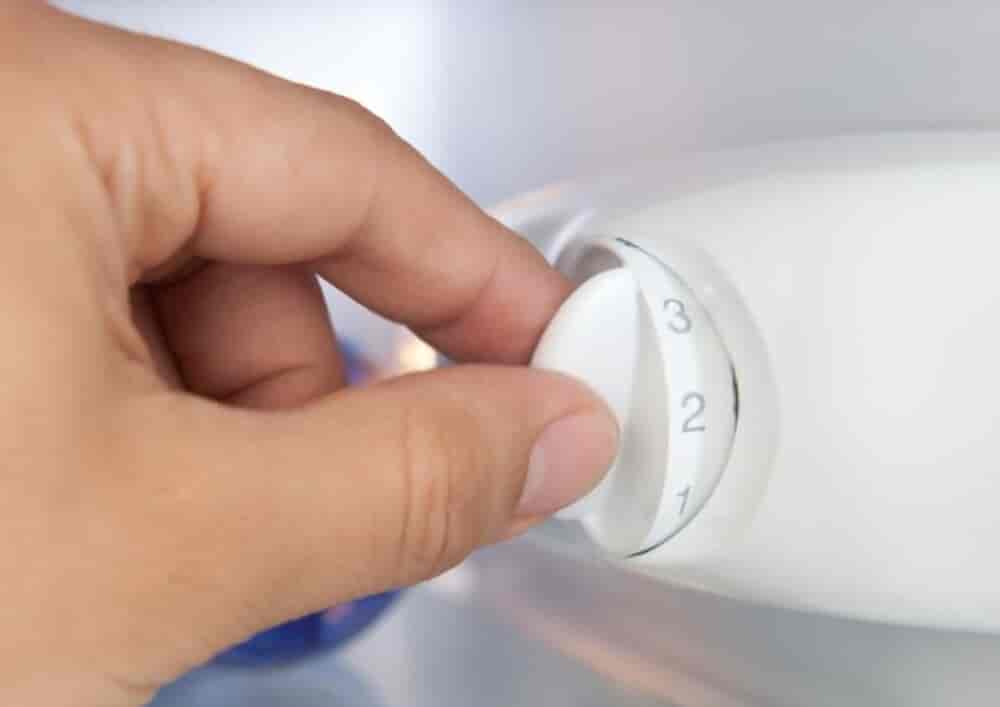
There are many myths regarding the ideal fridge and freezer temperatures. However, setting them at least ten degrees lower may lead to substantial savings on energy bills.
Many people believe that the coolest the fridge is, the better it preserves food. This isn’t true. It’s important to know that you don’t need your fridge to be exactly 38°F (3°C) and you can go as low as 5°F (-15°C). According to some sources, setting your fridge temperature at least 10 degrees lower than 38°F (3°C) will cut your energy consumption by 25%!
If your frozen items are melting, you might want to call for a professional. You can help your device by keeping it at least 3 inches away from the wall. A larger space will give it room to circulate air around it.
3. Turn your blinds off to save up on air conditioning costs

Around 30% of the heat in our home escapes through the windows during winter. In winter, the amount of heat lost through windows can be quite high. To reduce heat loss, you could consider installing blinds in your home. These covers are specifically designed to provide full protection from the sun’s rays, which makes them a good choice if you have trouble controlling heat loss during winter. However, Blinds can control solar heat loss by 90% while keeping the interior well-protected from dangerous rays.
More precisely, reflective blinds can reflect heat away from the interiors of an office. Especially the vertical ones are used in offices with light-colored ceilings, which will then dissipate heat into the air.
4. Cook with the lid on

The cooking habit that I always encourage people to do is to learn to put lids on their pots and pans. This will save a lot of energy for you during cooking and also make the food much more delicious. This way, you can take less time to cook your food because you don’t allow the heat and steam to escape.
What you will also do is to decrease the amount of energy consumed by up to 66%. You can do this by matching your burners with the size of the pots that you use so that no heat is leaving from the sides… Using mismatched burners and pots will result in up to 40% wasted energy.
5. Clean your dryer’s lint trap
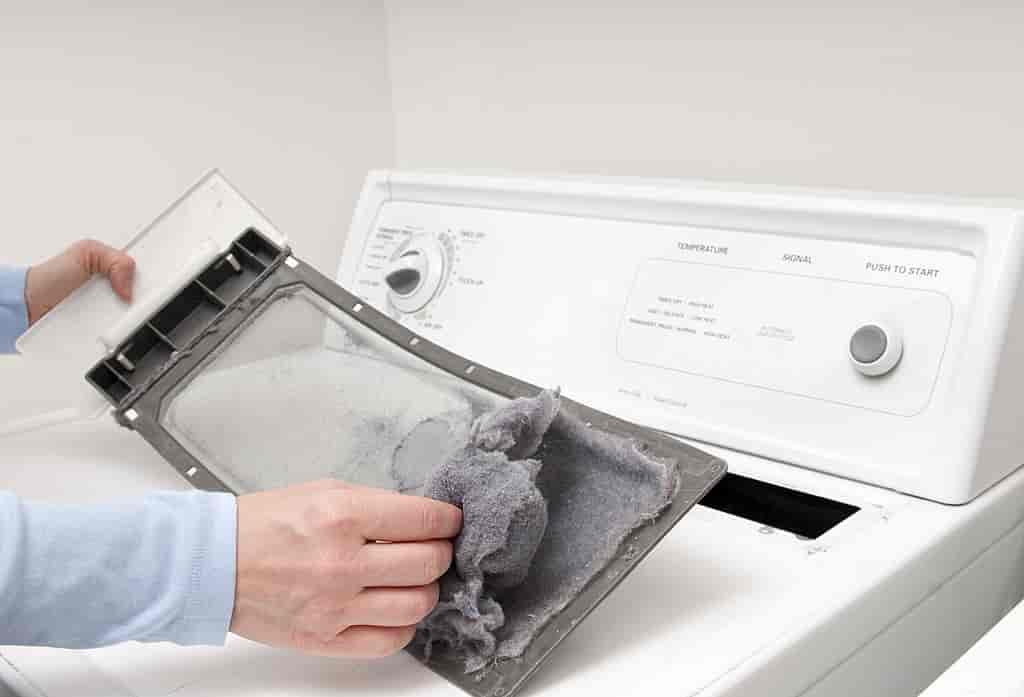
If your dryer isn’t clean, it wastes energy. The dirt can overload the machine and make it work harder. This will obviously increase the time it takes to dry clothes. Your clothes will also end up with more moisture, which means they’ll be harder to dry and that means you’ll have to use more energy up to 75% more energy than it normally would, to clean the pieces.
A common problem with dryers is that they have lint build-up. If you notice lint in your dryer, it a great idea to clean it out regularly. If you have issues with your dryer’s performance, check to see if the vent is clear. If steam is coming out from the vent, then that’s another great place to check if it needs to be clean.
6. Plug all your electronics in power strips
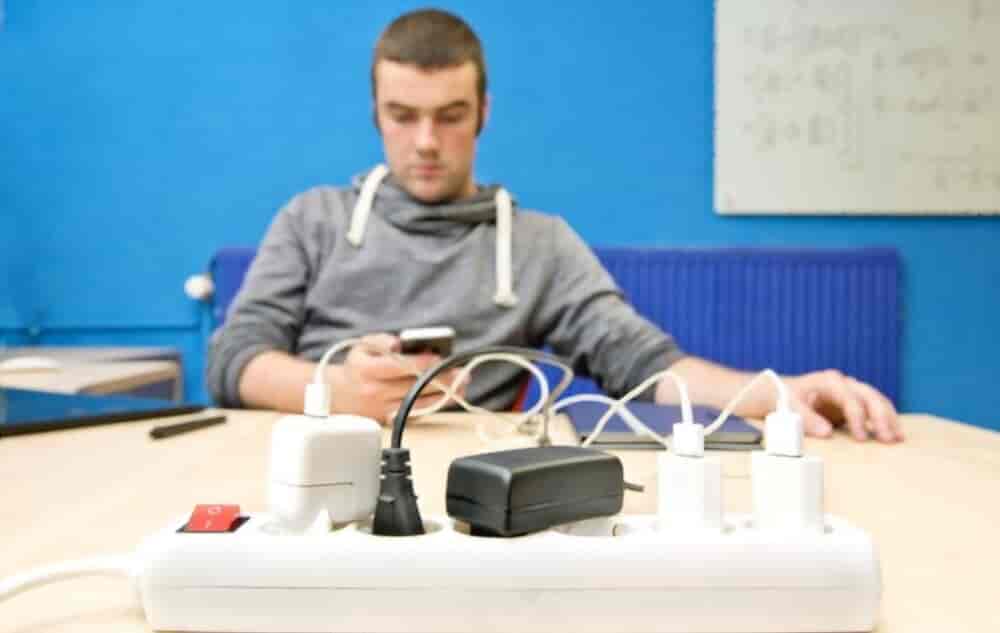
Not everyone makes the connection between electronic devices and energy consumption. According to a study published in the journal Environmental Science & Technology Letters, only 15% of cyclists in the United States make use of power strips to turn off electronics when they are not in use. This means that 85% of cyclists are leaving their electronics plugged in even though they are not in use. This is a waste of energy for obvious reasons, and it could be dangerous for cyclists who leave their phones charging while they ride.
This is a common mistake made by consumers due to the fact that they don’t realize that the devices still consume energy when they are not being used. Always remember that you have to push the on/off button when you want to disable them. If you don’t, then your devices will continue to drain energy.
7. Use an electric kettle to boil water instead of the microwave

It’s partially morning and you need a cup of tea to wake up. You have both the microwave and the kettle at hand.
A researcher claims that an electric kettle is the best choice for this task. He claims that an electric kettle is much more energy-efficient than a microwave and will accomplish the task much faster. According to the research, one could even save on energy costs by simply using a kettle instead of a microwave.
8. Keep the oven door closed when broiling
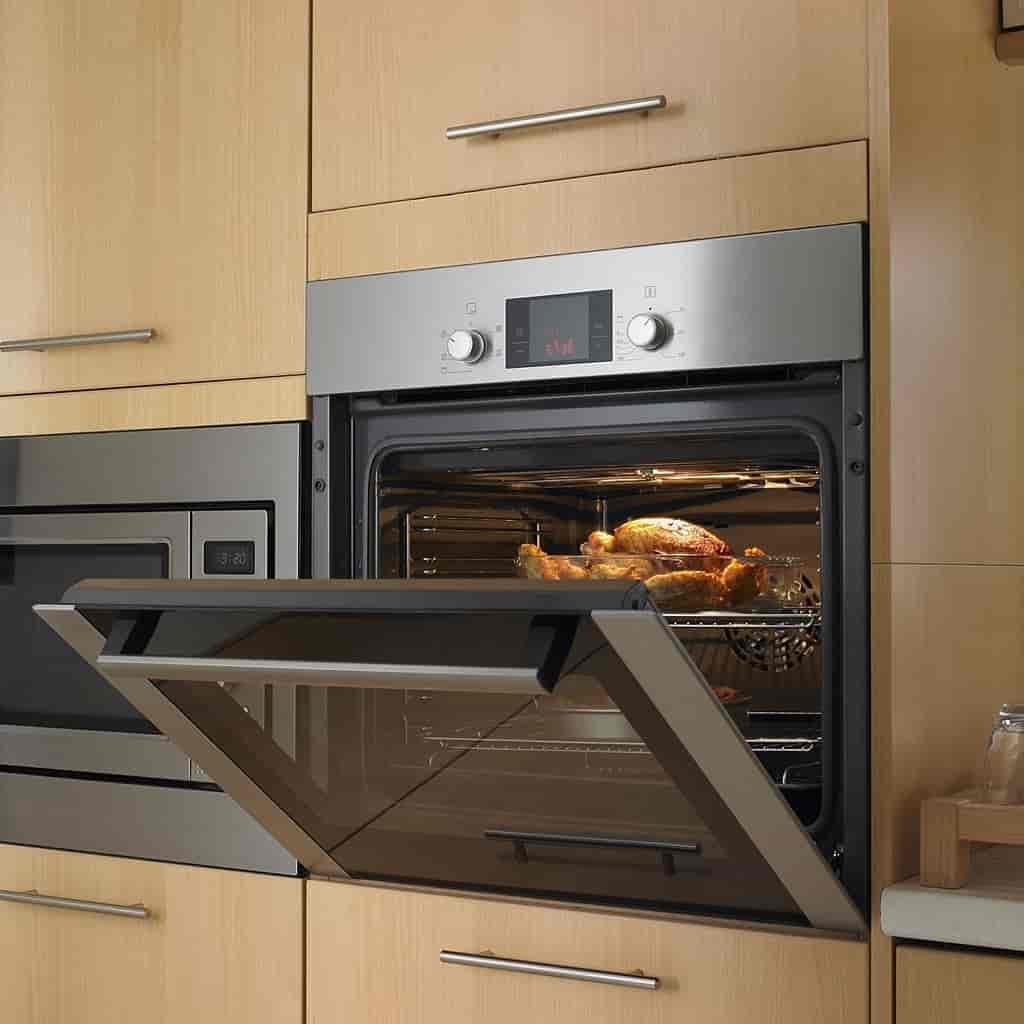
Back in the day, ovens didn’t have any air circulation systems. Those open-door situations are definitely bad news when it comes to fire safety. Today, modern ovens have great air circulation and fire-prevention features that leave the door open for a bit during cooking. They also stop the oven from overheating if you leave it on too long. This means that the oven is telling you in its own way that you need to close the door.
The biggest drawback when keeping the oven door open is that you lose about 50% of the heat. If you wish to maintain a constant temperature in your oven, then you will need to adjust the cooking times and energy usage accordingly.
9. Switch to a low-flow showerhead
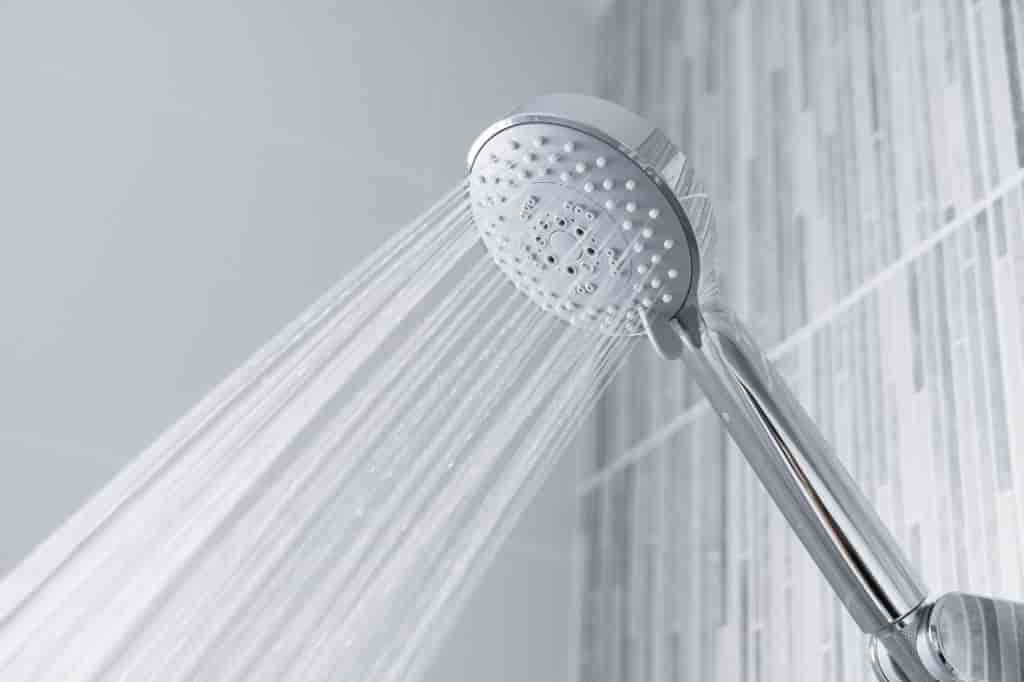
The average shower needs around 9.5 liters of water per minute and can be cut down to 6.6 liters per minute by switching to a 1.7 liter per minute showerhead. This change will save over 41,000 liters of water and 1.180 kWh of energy in a year.
The average American family spent over $1,000 per year on water bills, and that’s not even including the cost of using bottled water. Switch to a 1.7 gallon per minute (6.6 liters) showerhead and save this money, plus more, on water bills. You’ll also notice a huge difference in your water bill, which can vary depending on where you live.
